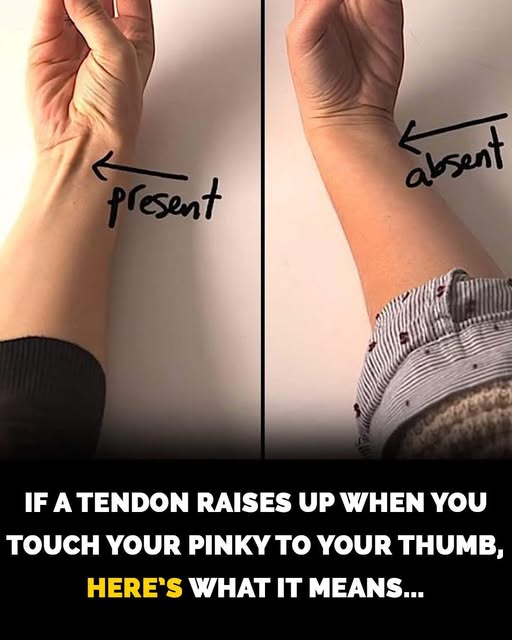
Our bodies are remarkable chronicles of evolution, with certain muscles and tendons reflecting functions that were once vital but have become less so over time. One such structure is the palmaris longus tendon, a vestigial remnant that has intrigued both scientists and the general public.
Understanding the Palmaris Longus Tendon
The palmaris longus is a slender muscle located in the forearm, extending into a tendon that runs to the palm. In many mammals, especially those relying on forelimb locomotion like lemurs and monkeys, this muscle plays a crucial role in movement and grip. However, in humans, its functionality has diminished over time.
Prevalence in the Human Population
Interestingly, not everyone has a palmaris longus tendon. Studies indicate that approximately 10-15% of the human population is born without this tendon in one or both arms. This absence does not impact hand strength or function, suggesting that the tendon is largely redundant in modern humans.
How to Check for Your Palmaris Longus Tendon
Curious to see if you have this vestigial tendon? Here’s a simple method:
- Position Your Arm: Place your forearm on a flat surface with the palm facing upward.
- Perform the Test: Touch your thumb to your pinky finger and slightly flex your wrist.
- Observe: If a prominent tendon becomes visible in the center of your wrist, you have a palmaris longus. If not, you might be among the percentage without it.
This technique, known as Schaeffer’s Test, is a quick and non-invasive way to determine the presence of the tendon.
Evolutionary Perspective
The gradual disappearance of the palmaris longus in some individuals is a fascinating example of human evolution. As our ancestors transitioned from arboreal lifestyles to bipedalism, certain muscles became less essential, leading to their reduction or absence in some people today.
Implications in Modern Medicine
While the palmaris longus may be functionally redundant for most, it holds significance in surgical procedures. Surgeons often harvest this tendon for reconstructive surgeries, such as tendon grafts, because its absence doesn’t compromise wrist or hand function.
Conclusion
The palmaris longus tendon serves as a tangible link to our evolutionary past, highlighting the dynamic nature of human anatomy. Whether you have this tendon or not, it’s a testament to the intricate tapestry of evolution that shapes us all.





